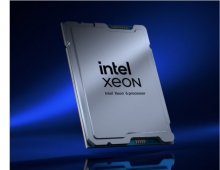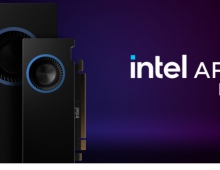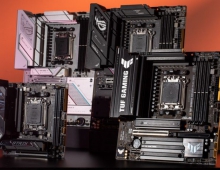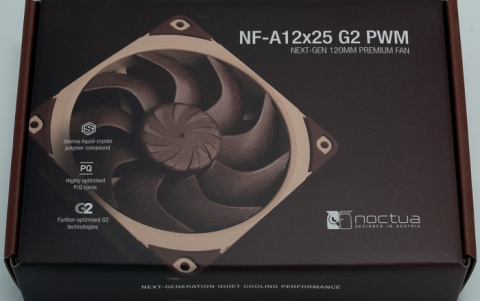
Intel devising chip line for consumer electronics
The classic Pentium architecture is going new places.
Intel is readying a line of consumer electronics chips based on the IA-32 architecture, the design underlying the vast majority of Intel's desktop, notebook and server processors, said Louis Burns, co-general manger of the Desktop Platforms Group at Intel.
Consumer electronics manufacturers will be able to incorporate the chips into set-top boxes or digital video recorders (DVRs). Intel hopes to sell more silicon for these two types of product, Burns said.
"We are developing special derivatives of our IA architecture" for consumer electronics, Burns said at the recent CEATEC conference in Japan.
To help generate interest for Intel chips among consumer electronics manufacturers, the Santa Clara, Calif.-based company is developing reference designs, or blueprints, for various products, he added. It has also created a unit--called the Consumer Electronics Group and headed by Glenda Dorchak--inside the desktop division to promote the technology among consumer device makers.
These chips will likely run at lower speeds, contain a slower bus or sport a smaller cache--a pool of memory inside the processor--than their desktop or notebook relatives, as a way to reduce power consumption and costs. Otherwise, they are likely to be somewhat similar. Intel has used this method in the past to break into new markets.
"Even the desktop and server makers are struggling with power and performance issues," said Nathan Brookwood, an analyst at Insight 64. "A lot of what they will be doing is custom configuring these generic blocks for specific markets."
An Intel representative stated that the company has already succeeded in planting some existing desktop chips into consumer electronics devices. A Microsoft MSN set-top box uses an existing Celeron chip, for instance. However, the representative declined to comment on the upcoming line of derivative chips.
Trying to expand into this market with IA-32 chips represents something of an opportunistic shift for Intel. Compared with many other processors, IA-32 chips consume quite a bit of energy, a huge problem in the consumer electronics world, where manufacturers seek to reduce noise and costs by reducing the number of fans and heat sinks.
The company already markets an energy-efficient line of chips, called Xscale, which it sells into the cellular market. The architecture of Xscale chips is derived largely from architecture from England's ARM Holdings. ARM chips, from a variety of manufacturers, are currently sold into the wider consumer electronics markets.
Over the past few years, however, Intel engineers have managed to reduce power consumption with the Pentium M line of notebook chips. Promoting chips based on its own architecture, rather than ARM's, has distinct advantages for Intel. For one thing, Intel won't have to pay royalties. The IA-32 chips can also take advantage of the manufacturing processes and ideas created for the main Intel lines.
"They've got excess (fabrication plant) capacity, and this is one way to use it," said Kevin Krewell, editor in chief of the Microprocessor Report, an industry newsletter. Software compatibility also eases headaches for software developers.
Calving off a new line of chips in this manner is not new for Intel. Lower-priced Celeron processors are, architecturally speaking, about the same as the more expensive Pentium 4 models. The difference is that the Celerons come with less cache, run at lower speeds and generally get the latest enhancements at a later date. Similarly, the Xeon chips for servers are Pentium 4 with more cache and a few extra features.
By contrast, the Pentium M is an IA-32 chip, but it differs more substantially from the current Celerons, Xeons and Pentium 4s. Developed by a team in Israel, the chip is a cross between the older Pentium III and the Pentium 4 with some additional features.
The Pentium M, in fact, is rapidly becoming the Cro-Magnon to the Neanderthal that is the Pentium 4. Although the Pentium M sells in far smaller volumes than the Pentium 4, derivatives of the line will migrate to, and likely become the dominant, chip in the Intel desktop lineup in 2007 and beyond.
Burns did not elaborate on the technical details of the consumer electronics chips or whether they would evolve from the Pentium 4 or Pentium M lines. However, he noted that power and energy consumption is a major issue in consumer electronics.
So far, Intel's attempts to get into consumer electronics have been checkered. At the beginning of the year, it trumpeted a chip that it said would allow TV manufacturers to create $1,800 projection TVs. It canceled that project last month.
From news.com





















